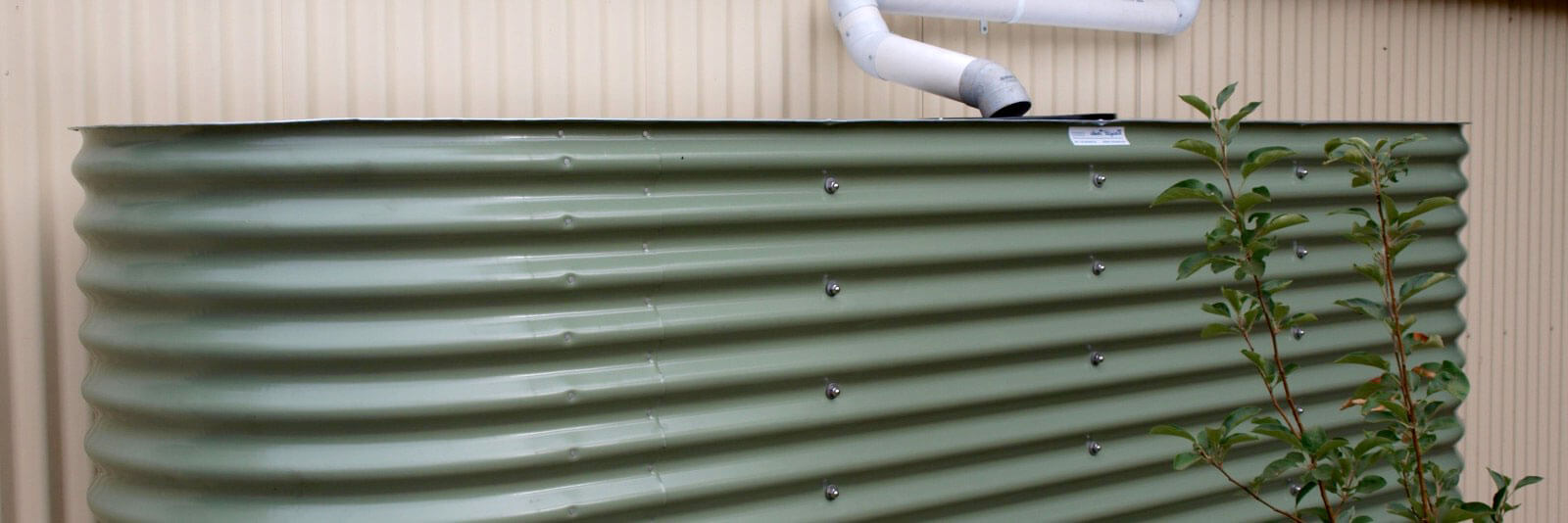Rainwater tanks are major assets for homeowners, gardeners, and savvy urban water rates payers around the world. As an excellent water supply option in any environment, rainwater tanks are relied upon by a wide range of businesses and families around Australia.
While rainwater systems are very reliable and usually pretty straightforward, they still need maintenance to perform at their best. This is usually because materials can enter the rainwater system from downpipes and start to cause problems. These materials can also contain potentially nasty organisms which can be real problems if allowed to grow and multiply in the tank.
Regular maintenance improves water quality, extends the life of the rainwater tank and ensures a reliable supply of free water whenever you need it.
Rainwater Tank Maintenance Issues and Preventing Problems
Home rainwater tanks collect water from guttering, which is diverted by downpipes into the tank. A good pipe system can collect a lot of water for usage, and there are ways of preventing problems with good basic maintenance.
A few tips about prevention:
- Good guttering, like Colorbond® roof guttering, combined with gutter guards, can stop a lot of material from entering the rainwater tank.
- Old downpipes are the usual suspects for contamination, so replace any old pipes ASAP, before they cause problems.
- Mosquito mesh prevents mosquitoes breeding in the rainwater tank. The mesh is cheap and easy to install.
Maintenance Steps
The basic maintenance steps to take are:
- Check water quality – the rule of thumb guide is that if water looks wrong or smells wrong, something is wrong.
- Check the system – systematically check your tank and system and fix or replace faulty parts.
- Check for corrosion – mostly your rainwater tank will be durable, with a very long product life, but corrosion is a sure sign that your rainwater tank has problems.
- Clean Rainwater heads (the top of the rainwater tank pipe) – these should be cleaned regularly and thoroughly
- Pump out the water tank regularly – Every 6 months is recommended, but in summer, when water usage is likely to be high, you need to ensure that the water is in top quality condition.
- Remove sediment build up – sediments inevitably build up over time in rainwater tanks, and need to be extracted every few years. Arrange for regular sediment removal.
- Ensure Chlorination – if water is used for drinking, chlorination is required. Check with chlorine suppliers regarding proper chlorination procedures and amounts of chlorine compounds used per volume of water in your rainwater tank.
Looking for a Rainwater Tank?
If you need any help with your rainwater tank, downpipes, guttering, gutter guards, or other rainwater goods in Brisbane, talk to the experts at Queensland Sheet Metal. With a wide range of rainwater products, we can help you.


